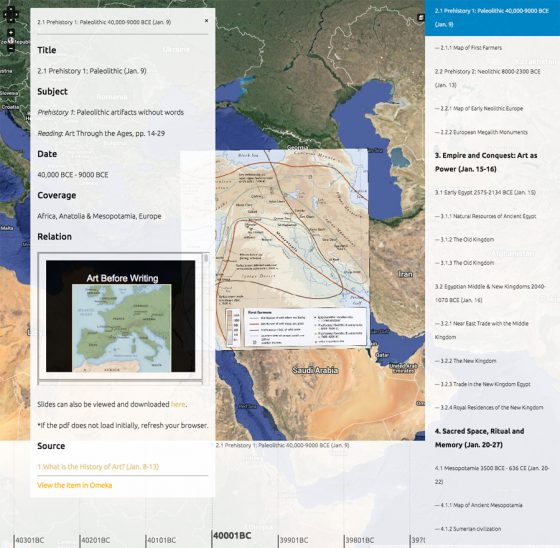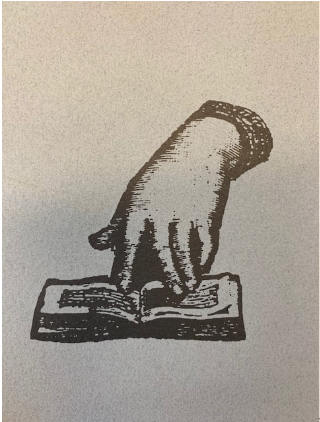Fall 2019!
AHTR has some exciting new posts for this fall! But as we all prepare our fall syllabi, we thought it prudent to re-post a few from the AHTR Weekly – we have several years worth of ideas to peruse!
Teaching for the first time? Read Purposeful Pedagogy. CUNY (the City University of New York) offers an entire workbook on the subject that can be downloaded. Looking to shake up your course? Check out Radical Pedagogy. You can find suggestions on syllabi and course packs here and our Twitter chat on syllabus planning. At CAA in 2016 Art Historians Interested in Pedagogy and Technology (AHPT) presented several ideas on how new technologies have shaped the art history survey. They published a summary of the session in Art Journal.
Some of our earlier posts addressed how to design a text-free syllabus. Smarthistory.org offers so much content and so many ways in which to engage with art history across cultures, that making the leap to an (OER) Open Educational Resource course is an exciting prospect, The opportunities offered by SH and museum sites enable us to go far beyond the limitations of the standard art history textbooks as well as save our students a good amount of money. In one of our first Weekly posts, AHTR co-founder Michelle Millar Fisher shared how to crowd-source an on-line syllabus, which was followed by a permanent post on AHTR: “Basic Syllabi/Assignments/Rubrics.” Kris Belden-Adams published two posts on the subject. In the first she addressed why she thought it important to try to go text-free and in the second she offered a postmortem on the one year anniversary of making the switch.
Most recently, AHTR published a series on how to read and retain information from art history texts. Mary Slavkin encouraged us to be creative in the classroom by designing didactic posters. She shared several engaging examples of student work and noted that “By devoting a significant portion of class time, integrating higher level thinking within Bloom’s taxonomy, and having a different type of project that would stand out in their memories, I sought to reinforce that this was an essential essay for them to remember.” Gabriel Akron advised us how to use Hypothes.is; Rhonda Kessling shared how to diagram an argument; and Katherine Tsan introduced Twine, free, open-source digital tool that connects textual passages to one another through well-demarcated links. It is always helpful to revisit Annie Dell’Aria’s post on how to successfully scaffold an assignment.
Next week we will pull some great ideas for assignments from the Weekly archive. We encourage you to revisit this wealth of resources as you prepare your Fall course.



I appreciate the information on this site. One thing, Stonehenge is really a poor example for Prehistoric because of its late date. Also there are earlier examples of monumental structures that are circular in form. These include Nabta Playa and Gobekli Tepe.